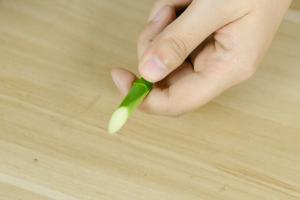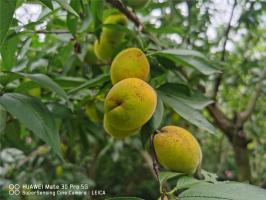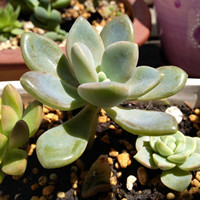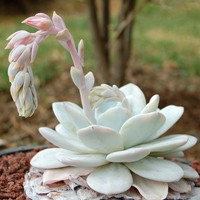How to Control Aphids on My Tomato Plants
Tomato plants are a favorite of aphids, tiny insects that can damage your plants by sucking the sap out of the leaves, which can stunt their growth and reduce your harvest. Fortunately, there are several methods you can use to control aphids and protect your tomato plants. Here are some tips to help you keep your tomato plants healthy and thriving.
Identify Aphids on Your Tomato Plants
The first step in controlling aphids on your tomato plants is to learn how to identify them. These pests are small, pear-shaped insects that can range in color from green to yellow to black. They're often found on the undersides of leaves or clustered around the plant's growing tips.
Natural Aphid Control Methods
If you prefer to avoid using chemical insecticides, there are several natural methods you can use to control aphids on your tomato plants. One effective way is to simply remove the aphids by hand. You can use a spray bottle filled with soapy water to knock them off the plant and wash them away.
Another option is to use natural predators, such as ladybugs or lacewings, which feed on aphids. You can attract these beneficial insects to your garden by planting flowers that they like, such as daisies or geraniums.
Chemical Aphid Control Methods
If natural methods aren't effective or you'd prefer a quicker solution, there are chemical insecticides available that can help control aphids on tomato plants. However, it's important to use these products with caution and follow the instructions carefully.
One option is to use insecticidal soap, which is a type of soap that's formulated to kill aphids on contact. Another option is to use neem oil, which is a natural insecticide that's made from the seeds of the neem tree. Be sure to read the label carefully and apply the insecticide according to the directions.
Preventing Aphid Infestations
Preventing aphids from infesting your tomato plants is the best way to control them in the first place. One easy method is to plant companion plants that repel aphids, such as basil or marigolds.
You can also try using row covers to prevent the aphids from reaching your tomato plants. These covers are made of lightweight fabric and can be draped over the plants to create a barrier against pests.
Conclusion
Controlling aphids on your tomato plants may require a bit of effort, but the rewards are well worth it. By identifying aphids early, using natural or chemical control methods, and preventing infestations from occurring, you can enjoy a healthy and fruitful tomato harvest all season long.

 how many times do yo...
how many times do yo... how many planted tre...
how many planted tre... how many pine trees ...
how many pine trees ... how many pecan trees...
how many pecan trees... how many plants comp...
how many plants comp... how many plants can ...
how many plants can ... how many plants and ...
how many plants and ... how many pepper plan...
how many pepper plan...































